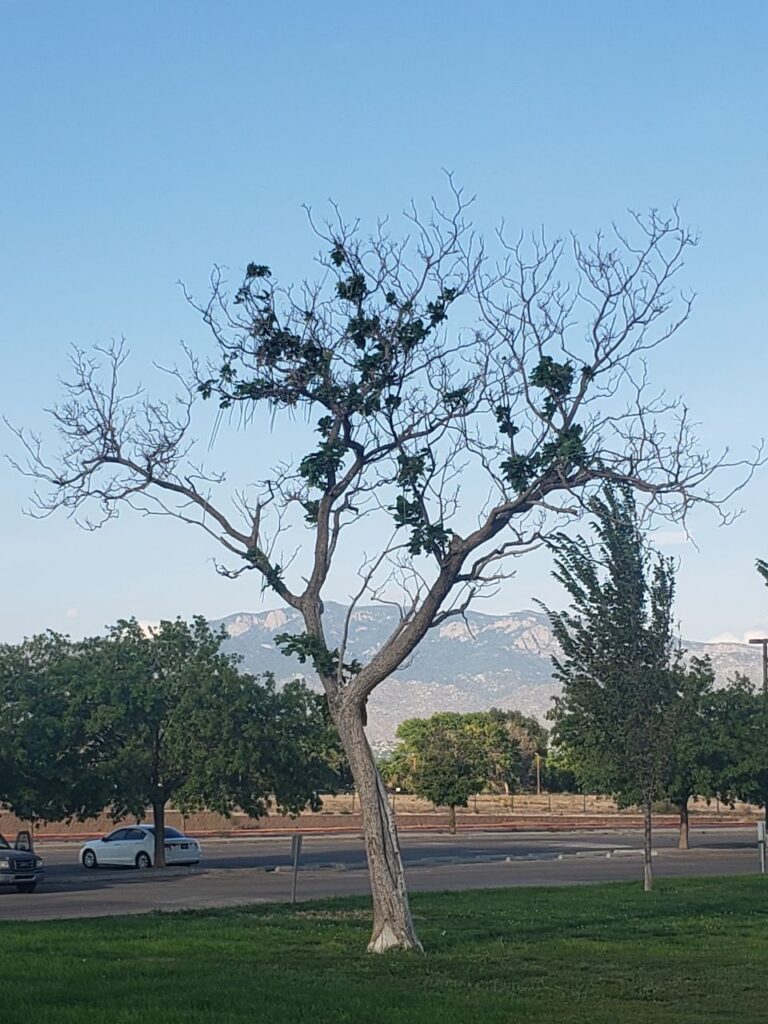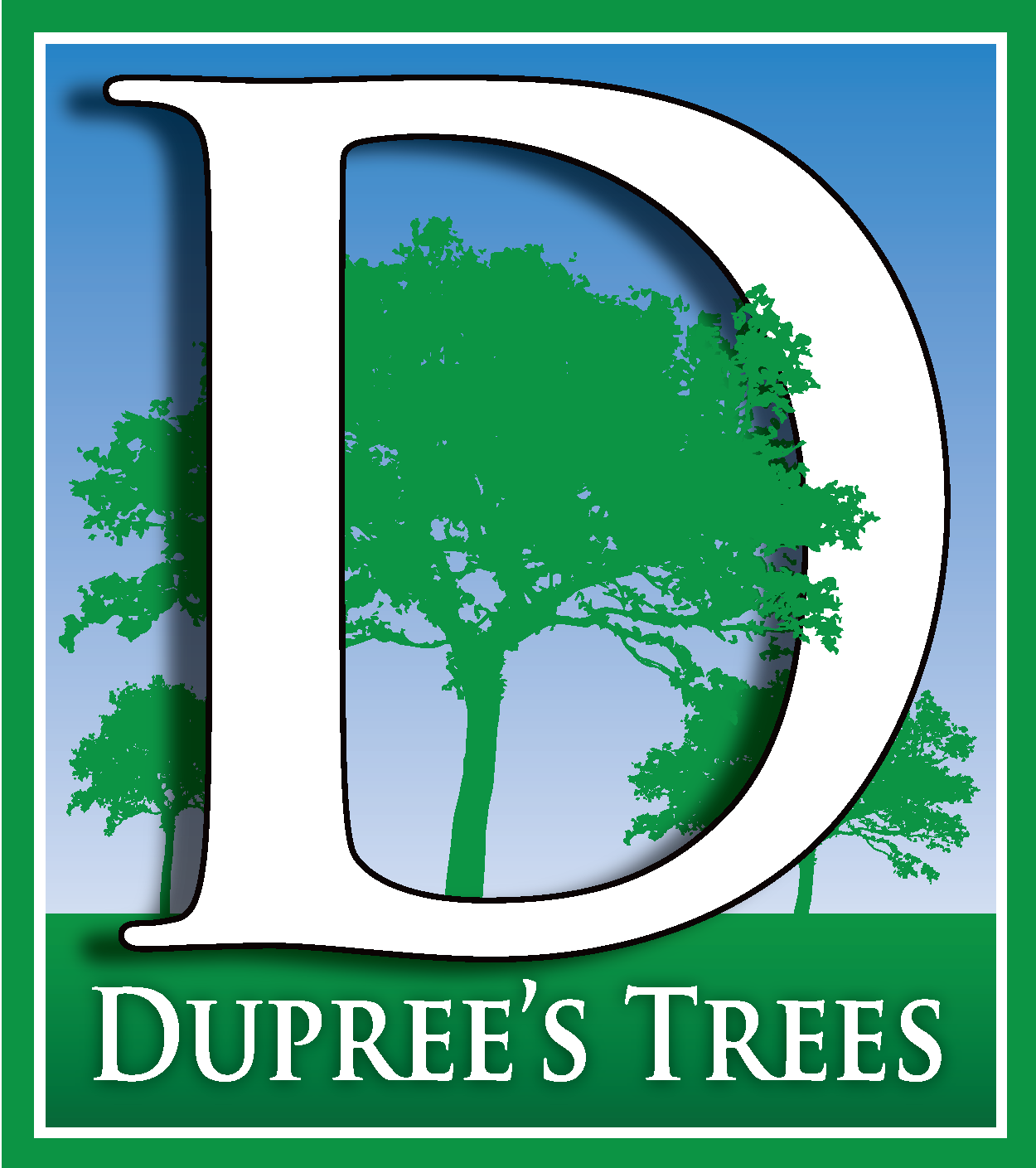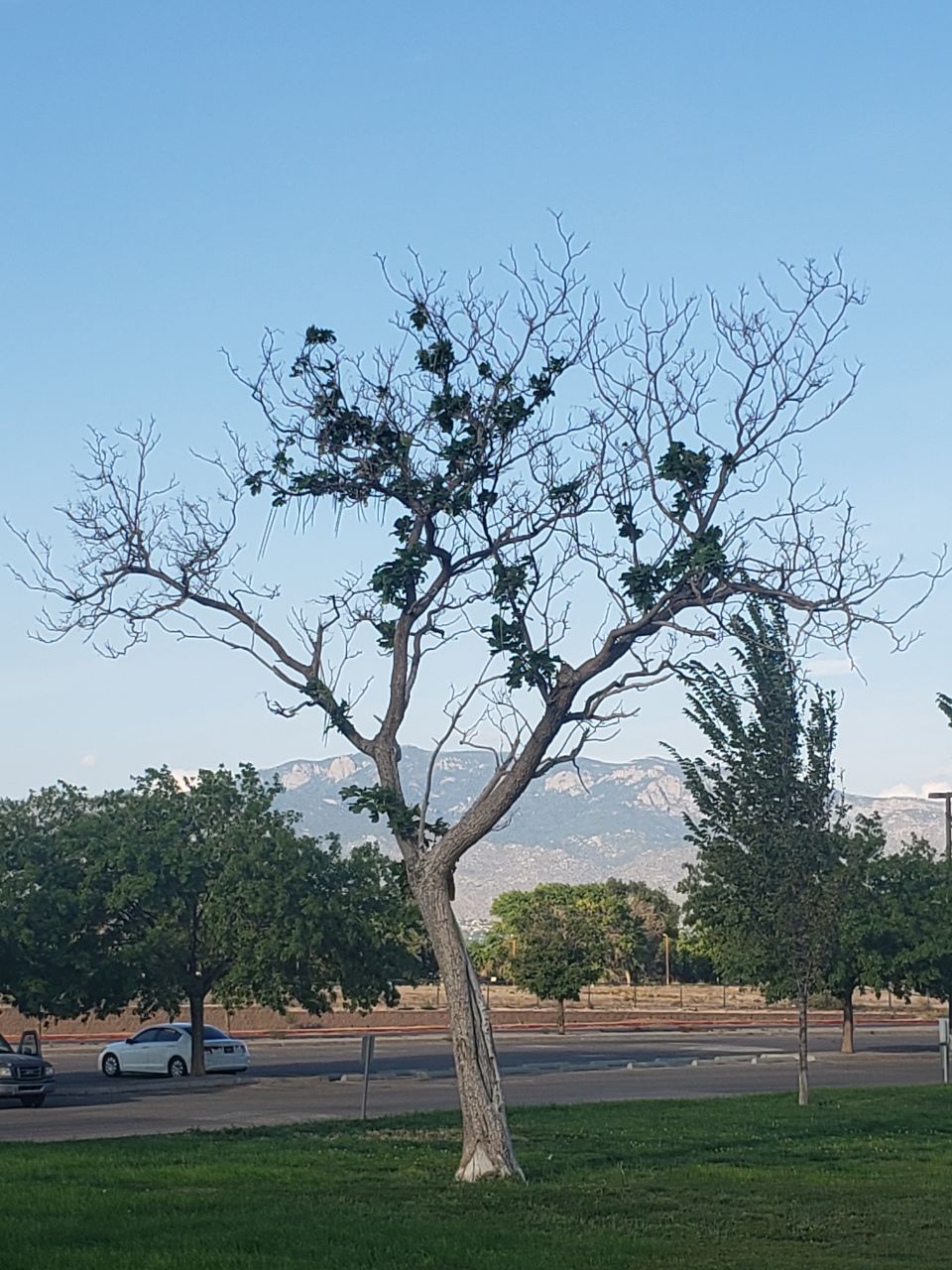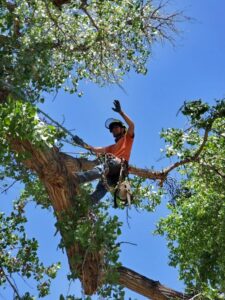In every garden’s journey, there comes a moment when a cherished tree begins to show signs of distress. Witnessing your tree’s health decline can feel like losing an old friend, especially when you recall the shade it provided on hot summer days or the vibrant colors it showcased each fall. But before despair takes hold, remember that trees, much like us, can heal and rebound. Armed with knowledge, patience, and a little elbow grease, you can breathe life back into that waning giant. Dive into this guide on ‘How to Bring a Dying Tree Back to Life’ and discover the healing touch your garden needs.

To bring a dying tree back to life, you can follow these steps:
- Identify the issue: Determine the cause of the tree’s decline. It could be due to lack of water, nutrient deficiencies, pests, diseases, or environmental stress.
- Prune: Remove dead, diseased, or damaged branches. This will help redirect the tree’s energy to healthier parts and promote new growth.
- Implement a watering program: Ensure the tree receives adequate water. Deep watering is recommended, especially during dry periods. However, be cautious not to overwater, as it can lead to root rot.
- Fertilize: Apply a balanced fertilizer to provide essential nutrients to the tree. Consult with a professional or follow recommended guidelines for the appropriate type and amount of fertilizer.
It’s important to note that while these steps can help revive a sick or dying tree, they may not be effective if the tree is already dead or if a significant portion of it has died and dried out. It may be necessary to remove the dead parts and focus on revitalizing the remaining healthy portions of the tree.
Remember to consult a professional arborist or tree service for guidance specific to your tree’s condition and species. They can provide expert advice and assistance in saving a dying tree. Contact Duprees Tree service using this form if you’d like to schedule a free estimate.
Common signs that a tree is dying
Recognizing the signs of a dying tree is crucial for timely intervention, which can potentially save the tree or, if necessary, prevent potential hazards. Here are some common signs that a tree might be dying:
- Discolored Leaves: If a tree’s leaves don’t get green in the spring or if they start falling off before autumn.
- Sparse to No Leaf Coverage: Trees that have very few leaves or large sections without any leaves often indicate health issues.
- Brittle Bark or Missing Bark: Trees shed bark naturally, but if the new bark isn’t replacing the old or if the tree has areas where bark is missing entirely, it’s concerning.
- Fungi Growth: The presence of fungi, especially at the tree’s base, often signals decay or rot.
- Deadwood: Branches that are dry, brittle, and easily snap off indicate deadwood, which means those branches no longer have life.
- Leaning: While trees can grow at slight angles, a sudden lean indicates structural failure and is a big warning sign.
- Root Problems: Mushrooms growing at the base, lifted soil near the base, or visible roots that look rotten.
- Cracks in the Trunk: Large, deep cracks could indicate serious health problems.
- Weak Unions and Joints: Places, where branches aren’t securely attached to the tree or growing at V-shaped angles, can be potential breakage points.
- Holes in the Trunk: While small holes might be from woodpeckers in search of insects, larger holes could indicate decay.
- Sap Leakage: An excessive amount of sap or a noticeable change in the type or amount of sap might be a tree’s response to an attack.
We have an entire article dedicated to answering the question, “What are the signs of a dying tree?” that you can read here.
If you observe any of these signs, it’s essential to consult with an arborist or tree care professional who can provide a proper diagnosis and recommend appropriate actions.
Natural remedies to revive a dying tree
Several natural remedies can help bring a dying tree back to life. Here are some steps you can take:
- Organic mulch: Apply organic mulch around the tree’s base to help retain moisture and provide nutrients. Compost, tree bark chips, and wheat straw are some examples of organic mulch.
- Watering: Ensure the tree receives adequate water. Leave the hose on a steady trickle for 30 minutes. Repeat this process twice a week.
- Fertilize: Apply a balanced fertilizer to provide essential nutrients to the tree. Using horse manure in your garden around the tree’s dripline, or thinly raked through your lawn (if that is in the drip zone) and watered in can give the tree a real boost.
It’s important to note that while these natural remedies can help revive a sick or dying tree, they may not be effective if the tree is already dead or if a significant portion of it has died and dried out. It may be necessary to remove the dead parts and focus on revitalizing the remaining healthy portions of the tree.
How long does it take to revive a dying tree?
The time it takes to revive a dying tree depends on several factors, including the tree’s species, its overall health, the extent of the damage or disease, and the specific interventions applied. Here’s a general overview:
- The Severity of the Problem: If the issue is minor, such as temporary water stress or a mild pest infestation, the tree could bounce back in a matter of weeks to a few months once addressed. On the other hand, significant damage or advanced stages of the disease can take several growing seasons to recover, or the tree might never fully recover.
- Tree Age and Species: Younger trees tend to recover more quickly than older, more established trees. However, some tree species are more resilient and can bounce back faster than others.
- Type of Issue:
- Watering problems: Trees suffering from over-watering or under-watering can show improvement within weeks once you adjust the watering schedule.
- Pest infestations: After treatment, recovery might take a few weeks to a couple of seasons, depending on the pest and the damage extent.
- Fungal or bacterial diseases: Depending on the disease, recovery can range from a single season to several years. Some diseases, unfortunately, may be irreversible.
- Physical damage (e.g., from storms): Small wounds can heal over a single season. Major injuries might take several years to mend.
- Interventions Applied: Prompt and appropriate treatment can accelerate a tree’s recovery. For instance, properly pruned trees can heal faster than those left with jagged wounds. Similarly, trees receiving appropriate fertilizers and care can rebound more quickly.
- Environmental Factors: External conditions like soil quality, local climate, and seasonal changes can influence a tree’s recovery speed.
It’s crucial to monitor the tree closely after noticing signs of distress. It’s also possible you may not be able to revive your dying tree. In that case, you may need to consider having the tree removed by a professional. Duprees Tree services are here to help you with any of your needs.





